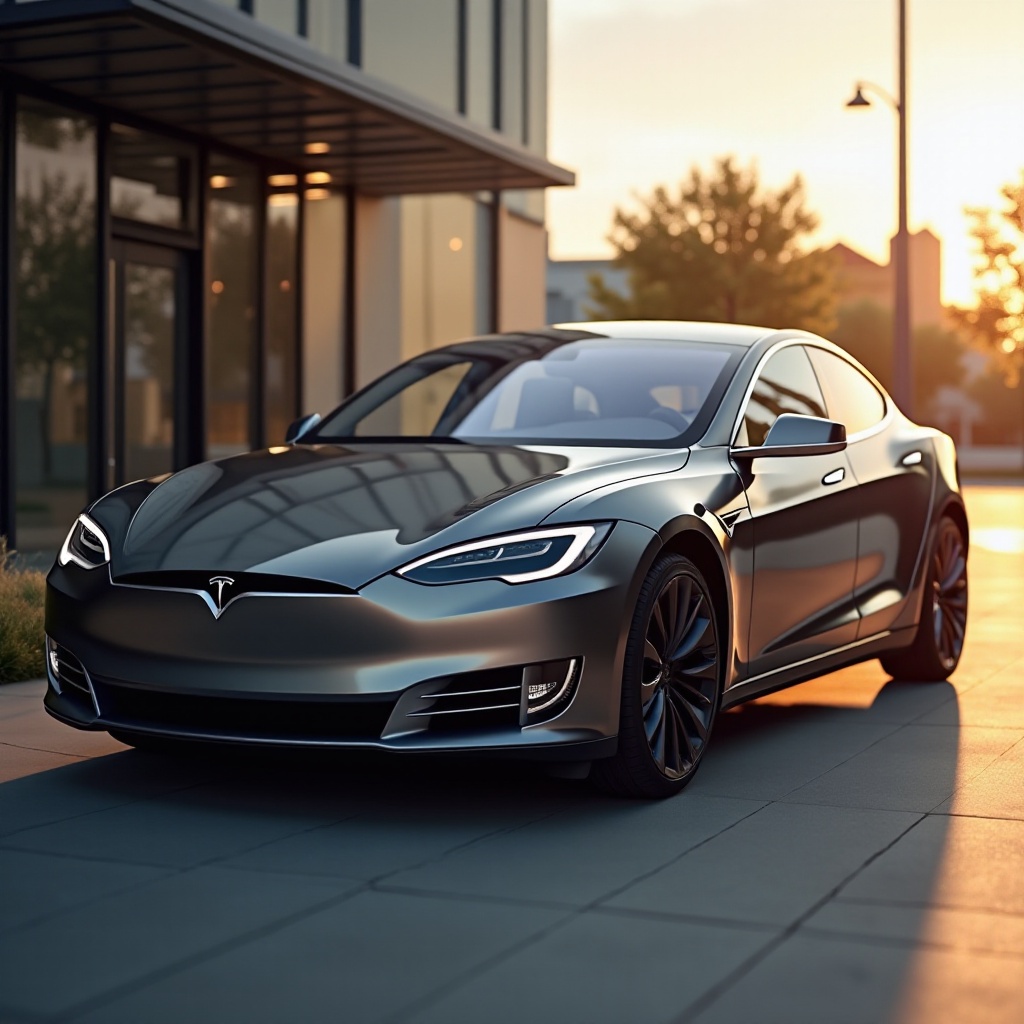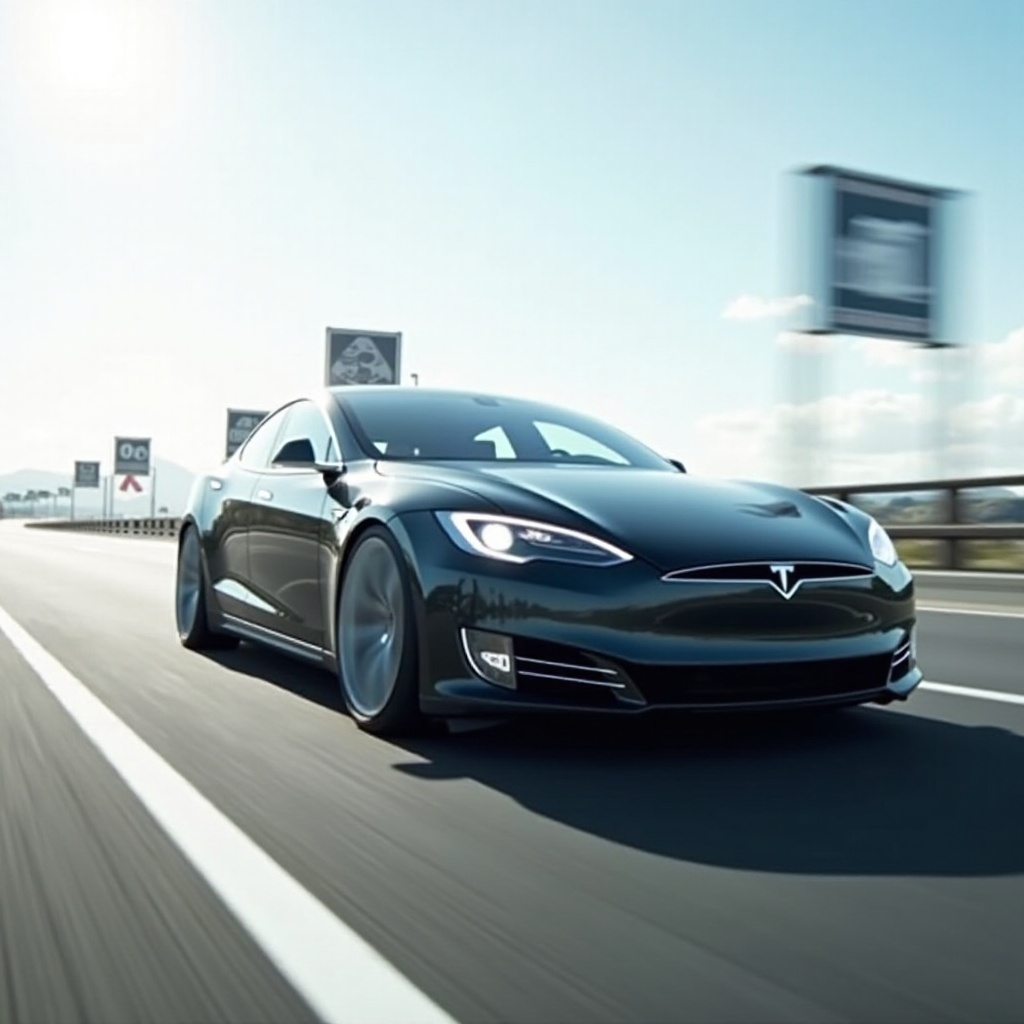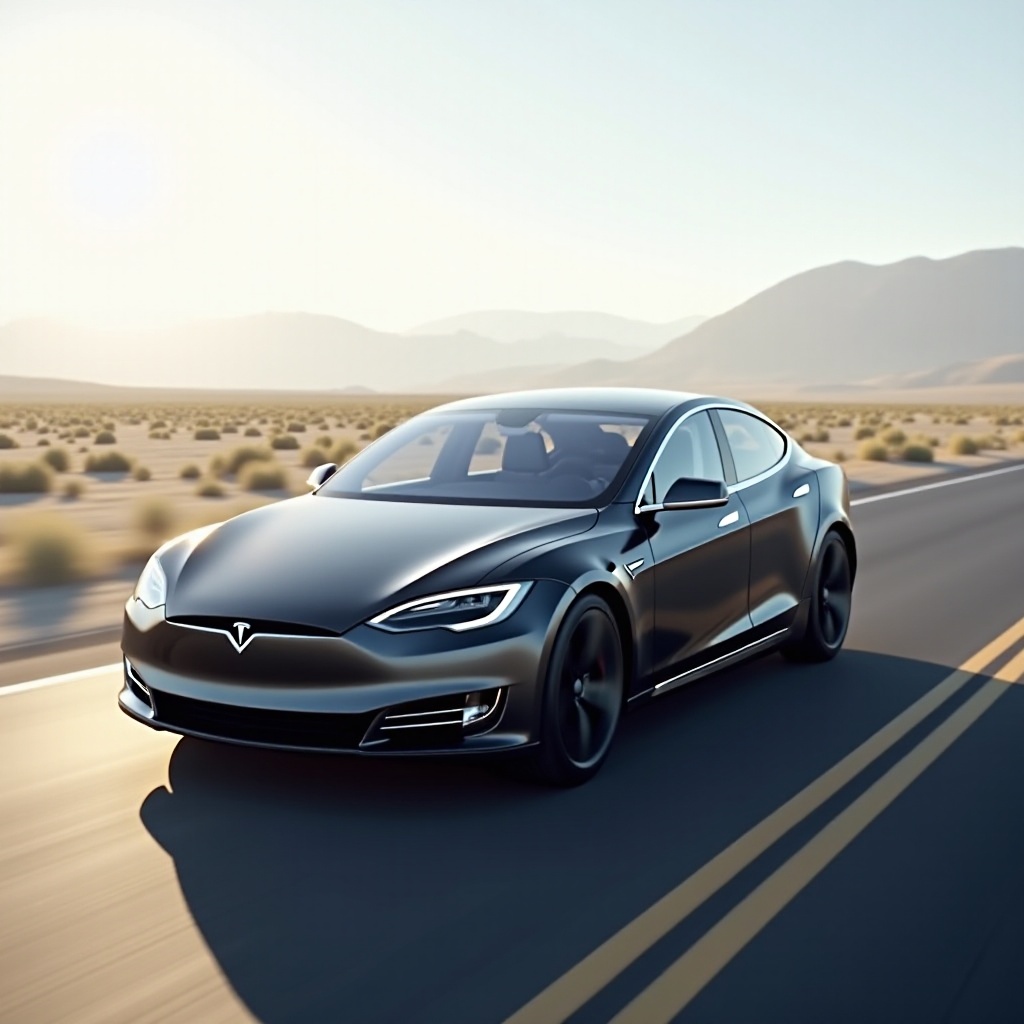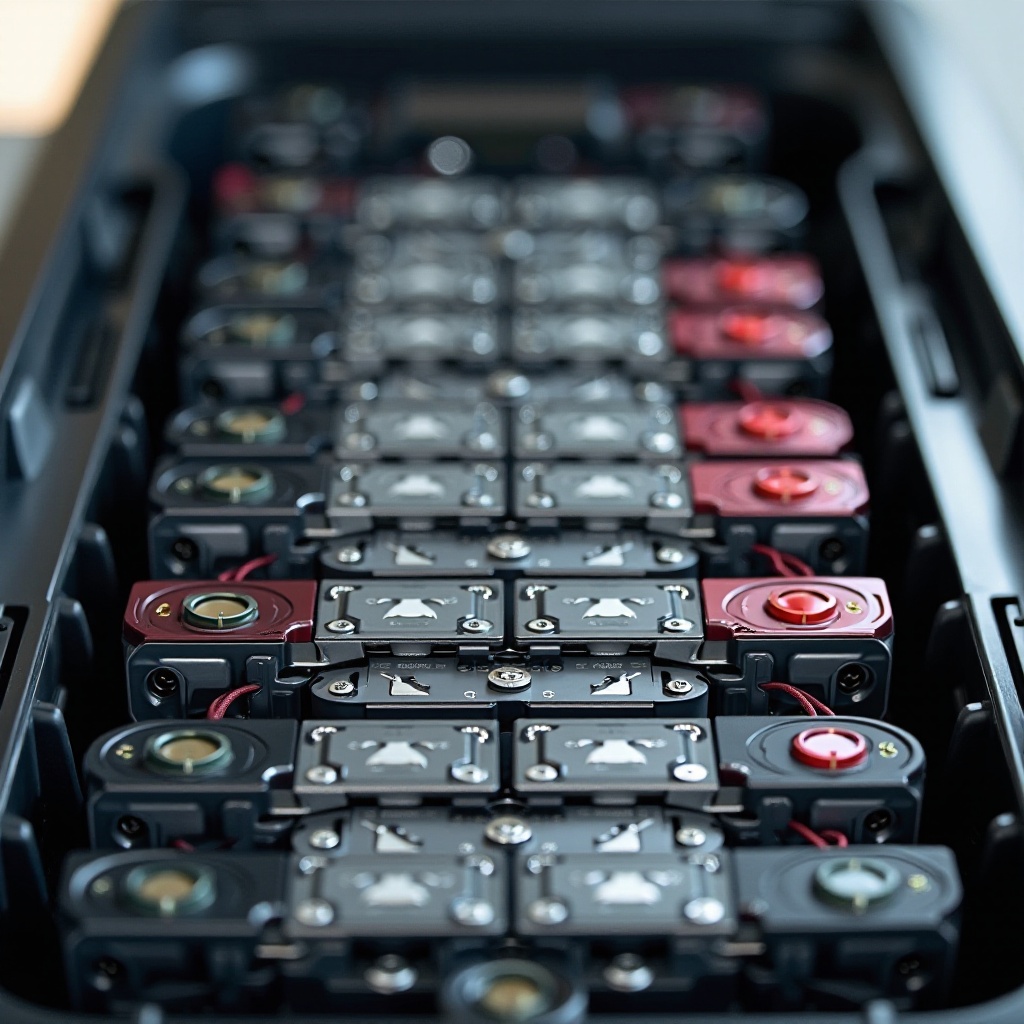Introduction
Tesla Model S revolutionizes the concept of vehicle efficiency. Comparing this innovative electric vehicle (EV) to traditional gasoline-powered cars may seem daunting. The paradigm shift from miles per gallon (MPG) to miles per gallon equivalent (MPGe) helps bridge this understanding gap. This article explores Tesla Model S efficiency, its MPGe ratings, and practical tips for maximizing your vehicle’s performance. Understanding these aspects will empower you to make informed decisions and fully leverage the benefits of your Tesla Model S.

The Concept of Miles Per Gallon Equivalent (MPGe)
Miles Per Gallon Equivalent (MPGe) is essential for understanding electric vehicle efficiency. Traditional cars measure efficiency in miles per gallon (MPG), which indicates how many miles a vehicle can travel on one gallon of gasoline. However, electric vehicles don’t use gasoline, so MPG isn’t directly applicable.
MPGe provides a way to compare the energy efficiency of electric vehicles with gasoline-powered vehicles. It represents the number of miles an EV can travel on the energy equivalent of one gallon of gasoline. This metric helps consumers make apples-to-apples comparisons between EVs and traditional cars.
By converting electrical energy consumption into an equivalent gasoline consumption figure, MPGe offers a standardized measure of vehicle efficiency. It is governed by the Environmental Protection Agency (EPA) and serves as a crucial benchmark for evaluating and comparing different electric vehicles.

Tesla Model S MPGe Ratings
Tesla Model S boasts impressive MPGe ratings that underline its efficiency. Models of the Tesla Model S come with varied MPGe rates due to differences in battery capacity, motor configurations, and other factors. However, the most recent data from the EPA offers a clear picture of the Model S’s efficiency:
- Tesla Model S Plaid: This version of the Model S offers an MPGe of approximately 120 in the city and 112 on the highway, with a combined MPGe of 116.
- Tesla Model S Long Range: This variant scores even higher, with an MPGe of around 124 in the city and 115 on the highway, combining for an average of 120.
These ratings place the Tesla Model S among the most efficient electric vehicles on the market. The high MPGe reflects the sophisticated engineering, cutting-edge battery technology, and aerodynamic design that Tesla employs. These elements work together to minimize energy consumption while maximizing the range, ensuring a smooth and efficient driving experience.

Factors Affecting Tesla Model S Efficiency
While MPGe provides a standardized measure of efficiency, several factors can affect the actual efficiency of a Tesla Model S. Understanding these can help drivers optimize their vehicle’s performance and make informed driving decisions.
- Driving Habits: Aggressive driving, such as rapid acceleration and braking, can reduce an EV’s efficiency. Smooth and steady driving maximizes the energy used.
- Speed: Higher speeds increase air resistance, which can reduce an electric vehicle’s range and efficiency. Driving at moderate speeds helps maintain optimal efficiency.
- Climate Conditions: Temperature extremes, whether hot or cold, can impact the battery’s performance and efficiency. Using climate control systems also consumes energy.
- Weight: Carrying additional weight, whether from passengers or cargo, can affect the vehicle’s efficiency. Keeping the vehicle’s load light helps maintain better energy consumption.
- Tire Pressure: Properly inflated tires reduce rolling resistance, improving overall efficiency. Regularly checking and maintaining tire pressure is crucial for optimal performance.
By understanding and managing these factors, Tesla Model S owners can ensure that they achieve the best possible efficiency from their vehicles, contributing to both enhanced performance and cost savings through reduced energy use.
Comparing Tesla Model S to Other Luxury EVs
The Tesla Model S doesn’t just boast high efficiency within the Tesla lineup; it stands tall among luxury electric vehicles (EVs) as well. When comparing the Tesla Model S to other luxury EVs, several points come to the forefront:
- Lucid Air: The Lucid Air, a strong competitor in the luxury EV market, delivers impressive efficiency with ratings up to 131 MPGe. While it slightly surpasses the Tesla Model S in certain configurations, the Model S offers competitive pricing and broader availability.
- Porsche Taycan: The Porsche Taycan, another major player in the luxury EV segment, typically offers around 79 to 97 MPGe depending on the variant. While the Taycan excels in performance and luxury, the Tesla Model S leads in energy efficiency.
- Audi e-tron GT: Audi’s offering in the luxury EV market, the e-tron GT, delivers an MPGe between 73 and 83. This places it below the Tesla Model S in terms of energy efficiency, highlighting Tesla’s superior electric drive technology.
When considering luxury electric vehicles, it’s clear that the Tesla Model S remains a strong contender with its impressive energy efficiency and innovative technology.
Maximizing Your Tesla’s Efficiency
Maximizing the efficiency of your Tesla Model S ensures you get the most out of its advanced engineering. Here are some practical tips:
- Use Regenerative Braking: Engage regenerative braking to recover energy during braking, thus extending your range.
- Optimize Climate Control: Utilize seat heaters instead of heating the entire cabin, and pre-condition your car while it’s still plugged in.
- Monitor Tire Pressure: Keep tires properly inflated to reduce rolling resistance.
- Reduce Excess Weight: Remove unnecessary items from your car to decrease weight and enhance efficiency.
- Utilize Range Mode: In situations where range is critical, enable Range Mode in the vehicle settings to optimize energy use.
By following these practices, you can enhance your Tesla Model S’s efficiency, ensuring a longer range and a more cost-effective driving experience.
Conclusion
Understanding the efficiency of the Tesla Model S goes beyond traditional metrics like miles per gallon. By delving into the concept of MPGe and recognizing the factors that influence it, Tesla owners can fully appreciate the vehicle’s innovative design and performance capabilities. Comparing the Model S with other luxury EVs underscores its leading position in the market. Through mindful driving and maintenance practices, drivers can maximize their Tesla’s efficiency, enjoying the full benefits of this remarkable electric vehicle.
Frequently Asked Questions
What is the MPGe of the Tesla Model S?
The Tesla Model S offers an MPGe rating between 112 and 124, depending on the specific model.
How does the MPGe of Tesla Model S compare to other electric vehicles?
The Tesla Model S stands out with higher MPGe ratings compared to many other luxury electric vehicles, demonstrating superior efficiency.
What are the best practices to maximize the efficiency of a Tesla Model S?
Maximize efficiency by using regenerative braking, optimizing climate control, monitoring tire pressure, reducing excess weight, and utilizing Range Mode.


